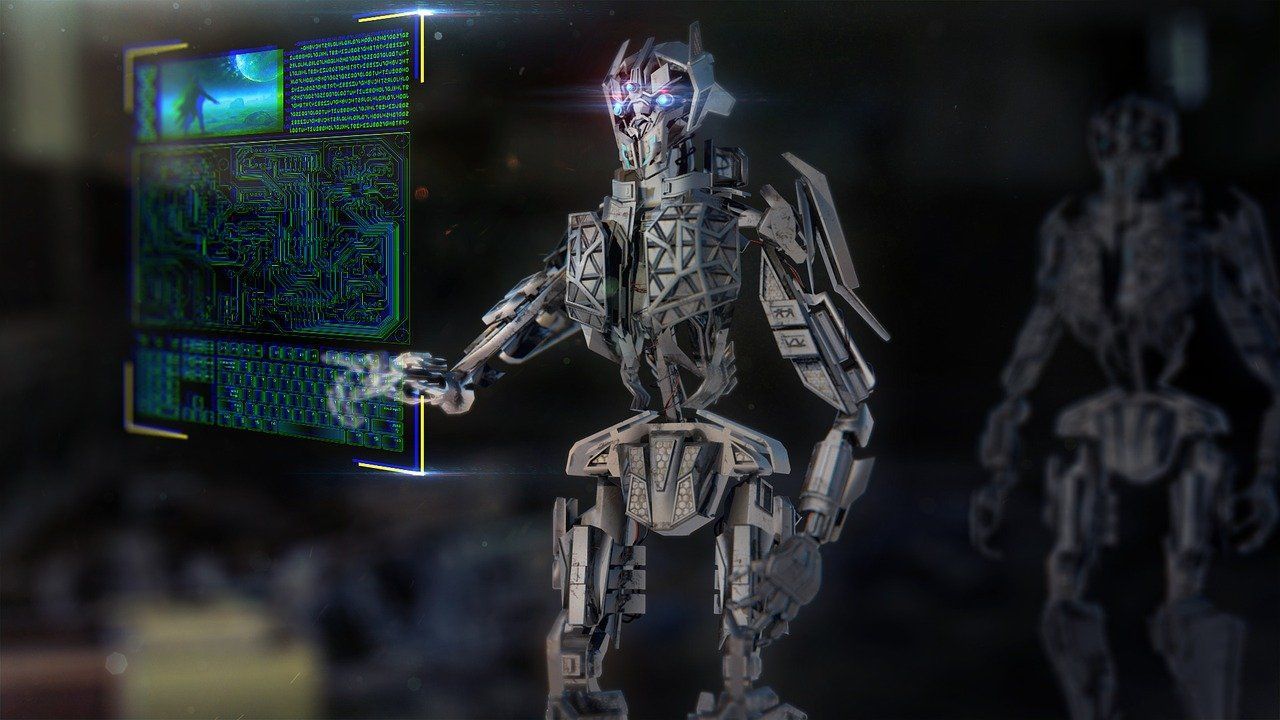
🔬 AI speeds up materials research 40,000 times
With machine learning, a research team has found a method that makes it possible to tailor materials in a fraction of the time it takes today.
Share this story!
Designing a new material can take years, but researchers from Sandia Labs in the US have found a method to reduce that time to minutes instead. By using machine learning, the research team has succeeded in making the necessary computer simulations of a new material much faster .
The researchers first ran a traditional computer simulation of a new material design on a computer cluster with 128 processor cores and then got a result after twelve minutes. When they then had the AI perform the same simulation on a computer cluster with 36 processor cores, the result came after 60 milliseconds - 42,000 times faster.
A project to develop new material may require thousands of these simulations. So in the end, it may take months or years of simulations to produce an optimal material for a particular application. With AI, it takes minutes instead, which makes it possible to tailor materials for each component if you want.
- The design of components is much faster than the design of the new materials you need to build the component. We want to change that. When you design a component, we want you to be able to design a compatible material for that component without having to wait for years for a result, which can happen with today's process, says David Montes de Oca Zapiain, materials researcher at Sandia Labs and a by the researchers behind the AI.
The research group will now use the AI to try to find new ultra-thin materials for the next generation of screens. But the researchers believe that the AI can also be used for everything from finding new materials for spacecraft to new types of batteries or building materials. If we can get 40,000 times as fast simulations for all types of materials, we can see a revolution in materials research and a plethora of new materials in the next decade.
However, speed comes with a small downside. The AI takes some shortcuts, which means that the simulation is not as accurate as with traditional methods. But the difference in the researchers' tests was not greater than five percent, which is more than acceptable according to the researchers.
- Our machine learning provides basically the same accuracy as traditional models, but at a fraction of the calculation cost, says Rémi Dingreville materials researcher at Sandia Labs and another of the researchers behind the AI.
By becoming a premium supporter, you help in the creation and sharing of fact-based optimistic news all over the world.


